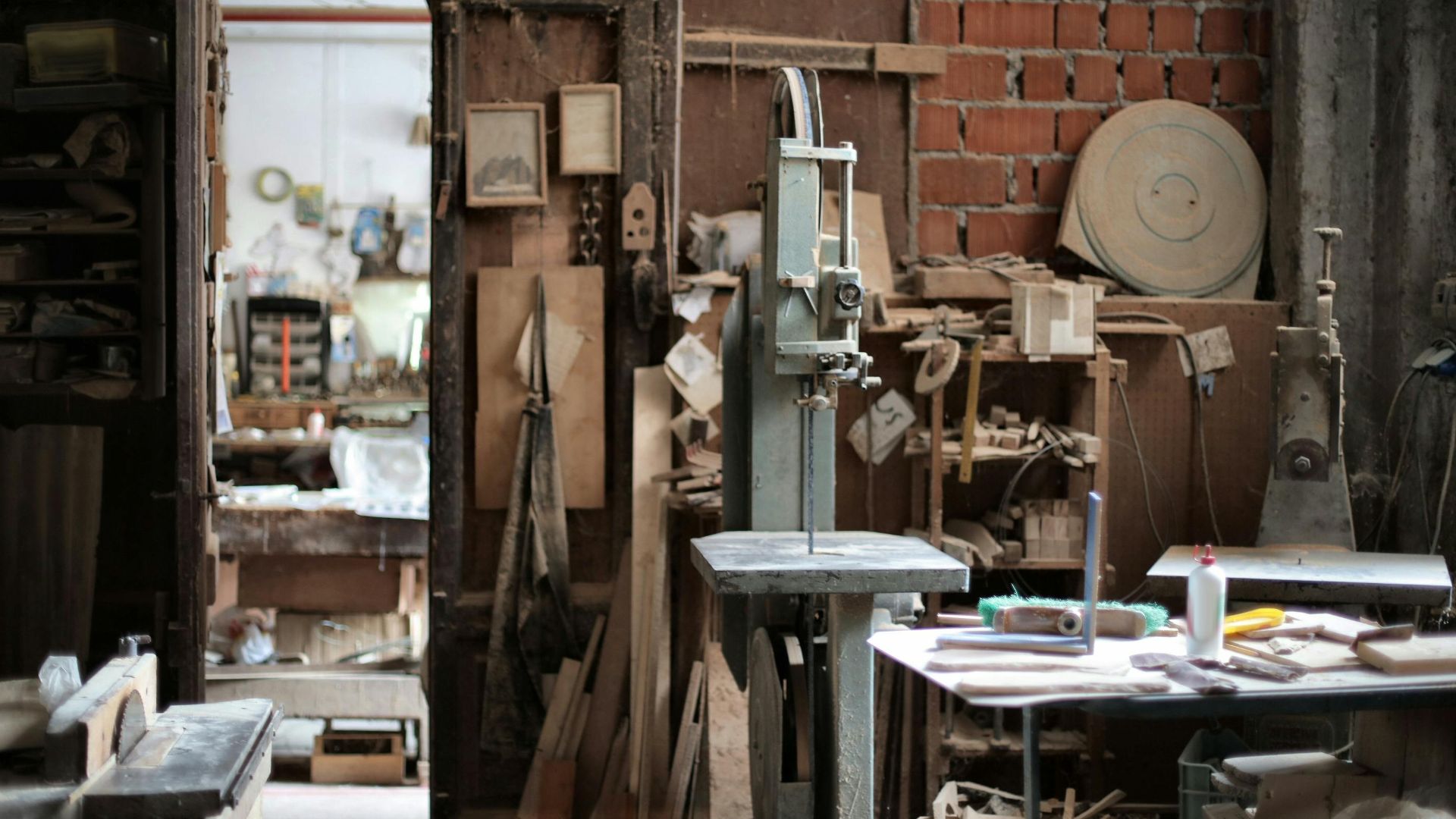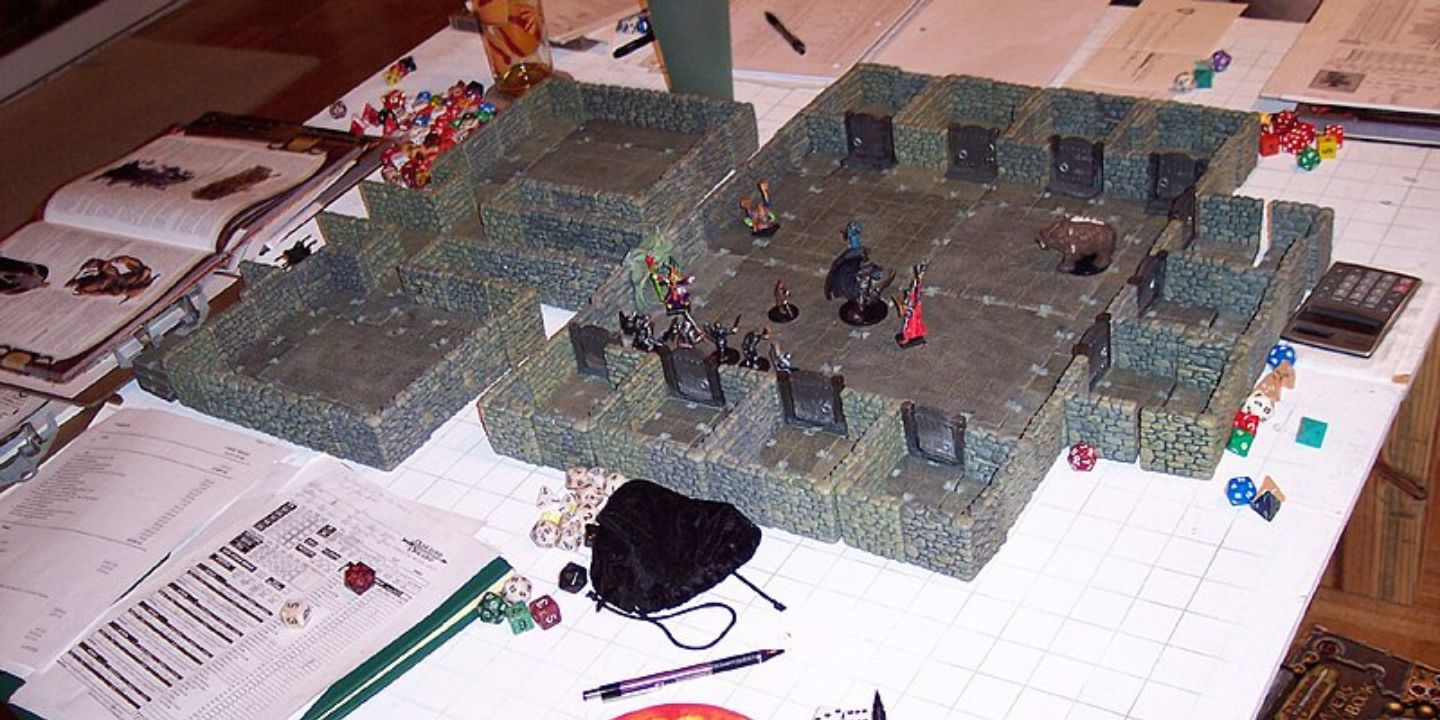Bricks That Built Endless Dreams
Before screens ruled playtime, a handful of colorful bricks sparked limitless creativity. Born in a small Danish workshop, LEGO became a language of imagination. Behind those satisfying structures lies a history full of reinvention, luck, and genius. Read on to explore how a carpenter’s simple idea grew into a timeless universe of innovation and play that continues to shape generations around the globe.
1. A Name Born From Danish Roots
When Ole Kirk Christiansen sought the perfect name for his company in 1934, inspiration struck close to home. Drawing from his native Danish language, he crafted "LEGO" from the phrase "leg godt," meaning "play well"—a simple choice that would become recognized worldwide.
2. Humble Beginnings In A Workshop
Looking back, every twist in Ole Kirk Christiansen's journey seemed destined to create LEGO. His 1932 workshop in Billund started with wooden household goods, but fate had other plans. A 1924 fire forced rebuilding, while Depression-era struggles mysteriously steered him toward toy-making destiny.
3. The Wooden Toy Origins
Now a prized collector's item, LEGO's wooden duck represents the surprising origins of the plastic brick giant. From the 1930s through the late 1940s, the company crafted a selection of wooden playthings, including popular pull toys and yo-yos that became instant hits.
 I FINALLY GOT THE LEGO WOODEN DUCK!! by DuckBricks
I FINALLY GOT THE LEGO WOODEN DUCK!! by DuckBricks
4. Early Plastic Bricks Take Shape
The quest for perfectly interlocking bricks drove LEGO's early plastic innovations. After studying Kiddicraft's self-locking design, the company acquired Denmark's first plastic molding machine in 1947. By 1949, their "Automatic Binding Bricks" emerged.
5. The Birth Of Modern Design
Those colorful plastic bricks that snap together with satisfying precision? Their engineering magic traces back to 1958, when Christiansen patented LEGO's hollow-tube design. This elegantly simple solution enabled stable, imaginative construction—and proved so perfect, it hasn't changed since.
 LEGO PATENTS by BRICKLOVER BRAD
LEGO PATENTS by BRICKLOVER BRAD
6. The Rise Of The Minifigure
Making its debut in 1978, the LEGO minifigure started life with a simple smile before blossoming into a cultural phenomenon. These tiny plastic people rapidly became essential to LEGO sets, eventually multiplying into thousands of distinct characters with increasingly elaborate designs.
7. The Toymaker That Makes Tires
What started as a simple addition of rubber wheels to LEGO sets in the 1960s has transformed into a manufacturing marvel, with the toy company now churning out more tires annually than most major manufacturers. These miniature wheels have even earned LEGO a Guinness World Record.
 200 Wheel Lego Vehicle by Brick Experiment Channel
200 Wheel Lego Vehicle by Brick Experiment Channel
8. Precision Manufacturing At Its Finest
At just 0.002 millimeters, LEGO's microscopic manufacturing tolerance might seem impossibly small, yet this precision ripples across decades of playtime. Such exacting standards mean bricks from different eras connect seamlessly, with quality control catching about 18 defects per million pieces produced.
 LEGO Bricks In The Making by The LEGO Group
LEGO Bricks In The Making by The LEGO Group
9. Sold In Over 130 Countries
LEGO's commanding presence in over 130 countries worldwide stands as proof of its market dominance. What began as a strategic expansion into Sweden during the 1950s has evolved into one of the world's most widely distributed toy brands.
10. LEGO Survived a Near Bankruptcy in the Early 2000s
Despite its global success, LEGO faced a financial crisis in the early 2000s due to overexpansion and declining sales. The company refocused on its core brick products, streamlined operations, and embraced licensed themes like Star Wars.
 The UGLIEST LEGO Star Wars set? 7190 Millennium Falcon Review! by MandRproductions
The UGLIEST LEGO Star Wars set? 7190 Millennium Falcon Review! by MandRproductions
11. A Global Entertainment Powerhouse
Starting with its iconic plastic bricks, LEGO strategically built its entertainment empire layer by layer. It expanded into television series and video games before cementing its cultural impact with blockbuster successes like The LEGO Movie, followed by hit Batman and Ninjago film adaptations.
 The LEGO® Movie - Official Main Trailer [HD] by Warner Bros.
The LEGO® Movie - Official Main Trailer [HD] by Warner Bros.
12. LEGOLAND Expands Across The Globe
From a single park that drew 3,000 eager visitors to Billund, Denmark in 1968, LEGOLAND has evolved into a global entertainment empire. The success of that pioneering Danish location, with its impressive brick-built models, paved the way for additional LEGOLAND parks worldwide.
13. Early Brick Colors Were Limited
Sometimes the greatest creativity emerges from working within strict boundaries. When LEGO first launched, builders had to channel their imaginations through just five basic colors: red, white, yellow, blue, and black. This creative constraint ultimately inspired LEGO's evolution into today's vibrant spectrum.
 Lego Classic 425 Forklift (1976) Set Review by Redd’s Bricks
Lego Classic 425 Forklift (1976) Set Review by Redd’s Bricks
14. LEGO Robotics Inspired Real Engineers
LEGO Mindstorms transformed classrooms into hands-on robotics labs, teaching programming and problem-solving through play. The kits even caught NASA’s attention—used in educational partnerships and space-themed challenges to inspire future engineers, not to build flight-ready robots but to spark real scientific curiosity.
15. LEGO Explored The Final Frontier
1979 marked a watershed moment in toy history when LEGO launched its first venture into outer space. The Classic Space line, with its distinctive blue and gray spaceships and cheerfully grinning astronaut minifigures, rocketed the brick-building giant into an entirely new frontier of imaginative play.
 InSapphoWeTrust from Los Angeles, California, USA on Wikimedia
InSapphoWeTrust from Los Angeles, California, USA on Wikimedia
16. A Family Legacy
In an era when most major companies trade on stock exchanges worldwide, LEGO stands as a remarkable exception. Since its founding in 1932, the Danish toy maker has remained steadfastly private, passing through generations of the Christiansen family.
17. LEGO Bricks Journeyed Into Space
What child hasn't dreamed of their favorite toys floating among the stars? For LEGO bricks, this fantasy became reality when astronauts carried the iconic plastic blocks into orbit, conducting educational experiments in microgravity aboard both Space Shuttle missions and the International Space Station.
 LEGO Lunar Lander Unboxing in Zero Gravity w/ Astronaut Mike Massimino by LEGO
LEGO Lunar Lander Unboxing in Zero Gravity w/ Astronaut Mike Massimino by LEGO
18. A Greener Future For LEGO
There's a poetic touch to LEGO's sustainability story. When the toy giant first ventured into plant-based plastics in 2018, it chose to create botanical pieces. Tiny trees and leaves sprouting from sugarcane-derived materials, symbolically launching the brand's broader environmental transformation.
 LEGO Plants from Plants! Eco-promo mini-set 40320 by JANGBRiCKS
LEGO Plants from Plants! Eco-promo mini-set 40320 by JANGBRiCKS
19. LEGO Once Built A Life-Size House
In 2009, British TV host James May led a team to construct a life-sized LEGO house using over two million bricks. It featured furniture, stairs, and even a functioning bathroom—supported by wooden framing for stability. The colorful structure was later dismantled and recycled.
20. LEGO Has A Secret Vault
Hidden inside LEGO’s Billund headquarters lies a temperature-controlled vault containing nearly every set ever produced. This “Memory Lane” archive lets designers study decades of releases, ensuring new creations stay true to the brand’s legacy while sparking fresh ideas for future builders.
 Complete tour through the new LEGO Vault in Billund - first time filmed ever by AustrianBrickFan
Complete tour through the new LEGO Vault in Billund - first time filmed ever by AustrianBrickFan

















